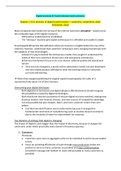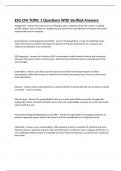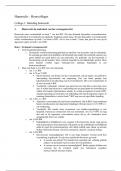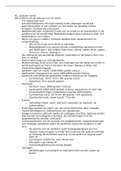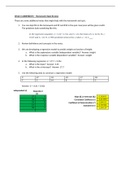Samenvatting
Digital business & transformation book summary
- Instelling
- Rijksuniversiteit Groningen (RuG)
Summary of the course book required for the course "Digital Business and Transformation" at the RUG university. The whole book is covered in this summary and examples are included to further illustrate all concepts. The book of 260 pages is summarized in less than 60 pages and overall my summaries ...
[Meer zien]
